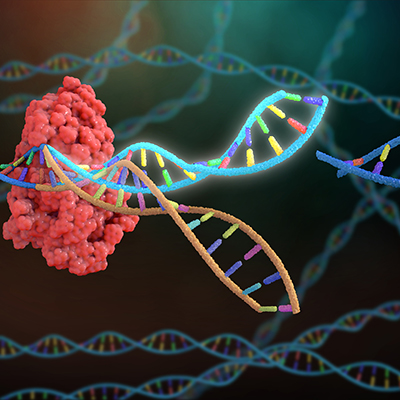August 26, 2022 -- Using cryo-electron microscopy (cryo-EM), researchers from Cornell University and Delft University of Technology in the Netherlands have revealed the workings of a newly discovered CRISPR RNA-guided Caspase system (Craspase).
Their research, published on August 25 in the journal Science, provides snapshots of Craspase systems forming a "high-definition molecular movie" explaining how they cleave to target RNA and activate protease enzymes, which can break down protein. The researchers contend that their insights into this line of CRISPR systems could lead to promising antiviral and tissue engineering tools in animals and plants.
"We could use a system like this to develop many biotech and therapeutic applications, if we understand all the gizmos inside this machinery," Ailong Ke, PhD, the Robert J. Appel Professor of molecular biology and genetics at Cornell, said in a statement.
Caspases are a family of proteases important for maintaining homeostasis through regulating cell death and inflammation in animals, including humans. Dysregulation of Caspases underlies human diseases including cancer and inflammatory disorders. Researchers aiming to design better therapies for these diseases seek to understand how they work and can be controlled.
"With other CRISPR technologies, one worries whether the enzymes we use to edit our DNA are safe enough, if there might be collateral damage or off-targeting," Ke said. "With Craspase, we can achieve many of the same beneficial therapeutic outcomes without worrying about the safety of our genome."
Copyright © 2022 scienceboard.net








